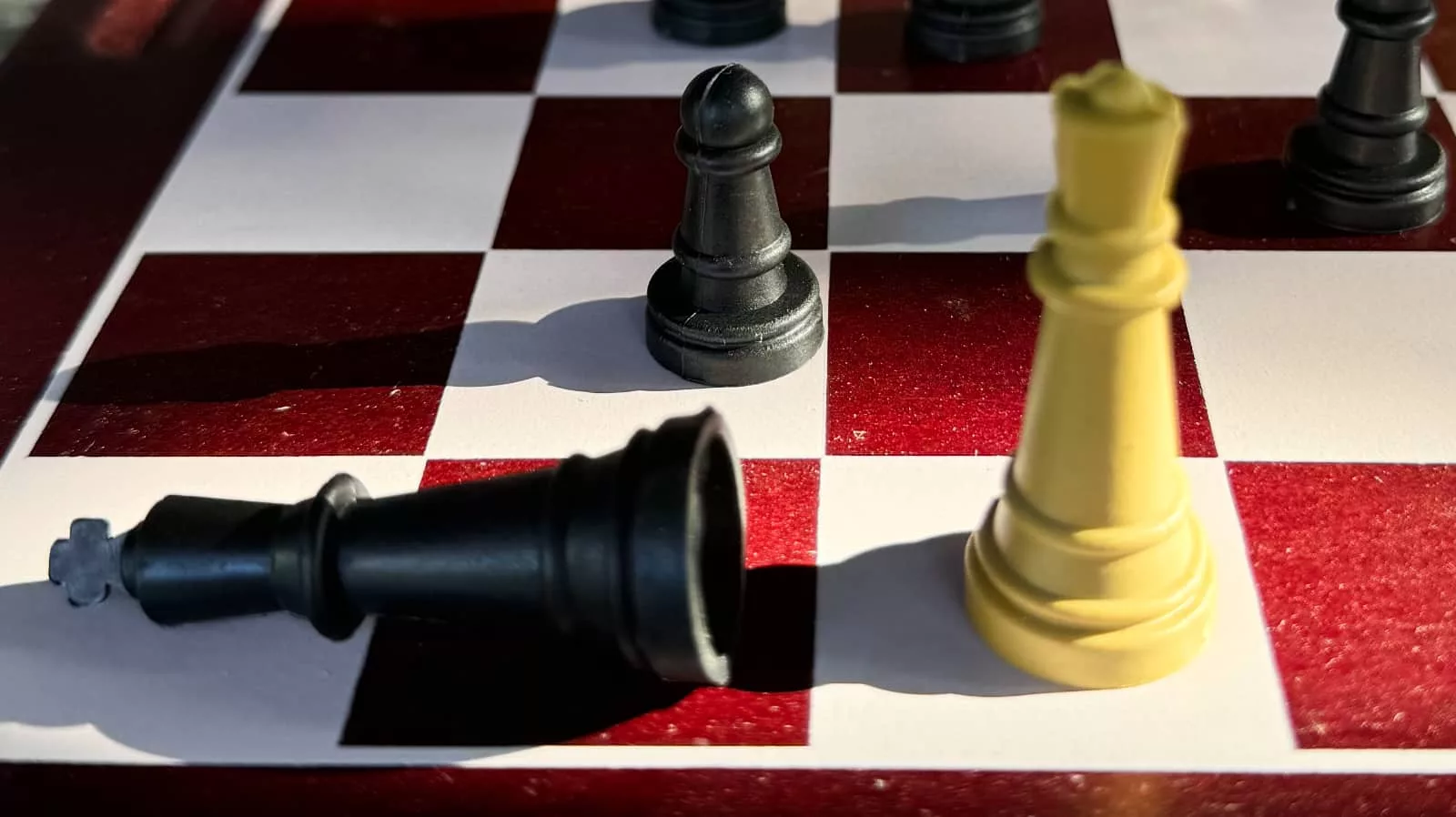Board games are something most kids are exposed to, but chess is so complex, it may well come later. But it doesn’t have to be, and if you want to get your kids started, there are some ways.
They had video games back when many of us were kids, but they weren’t the massive megalith entertainment blockbusters they are now. Big shiny extravaganzas that hold attention for hours at a time with involved stories, complex characters, incredible graphics are the norm, and it’s no wonder that if you have kids, they’re probably drawn to them.
In the Pickr editor household, the game excitement is less for the big games right now, and more for the curiously fun ones, like Untitled Goose Game and the Little Big Planet series, partly because the kids there are small and young. They’re actual kids.
They like puzzles and board games, and even board games that are more like puzzles, which may make them perfectly suited to learning a board game that is like a curious puzzle.
We’re talking about chess, a game that can teach patience, strategy, build up some brain power, and often feels like solving a puzzle of your opponent’s making.
It isn’t for everyone, but it is a game anyone can learn. The problem is deciding what age to start your kids learning can seem difficult because chess is so complex. The rules are many and not always easy to remember, and learning is often a case of trial, error, and loss.
Fortunately, there are ways to gradually guide your kids to the world of chess, be it through cartoon, clever instruction, or even just sitting down and playing against you.
Start with Bluey

One of the best ways to expose your kids to the chess is with an episode of a show that tries to make sense the game for kids, while teaching an important lesson for adults in this predicament.
We won’t give it away, but “Chest” is an episode of Bluey worth checking out if you’re considering teaching your kids chess in the first place (Australians can watch it on ABC iView).
It shows kids roughly how the game is played, but also points out that while the game is considered a game for smart people, kids can still be kids, too, without needing to learn the game.
Like all Bluey episodes, there’s a nice message in there, as well as a whimsical kid-friendly interpretation of chess in the first place. And given that it comes from one of Australia’s best shows, we think it’s only fitting that it starts this guide off.
We’re already using one invention from Bluey on our smart displays and smart speakers, so starting off with another just makes so much sense.
Play a game and let your kids beat you
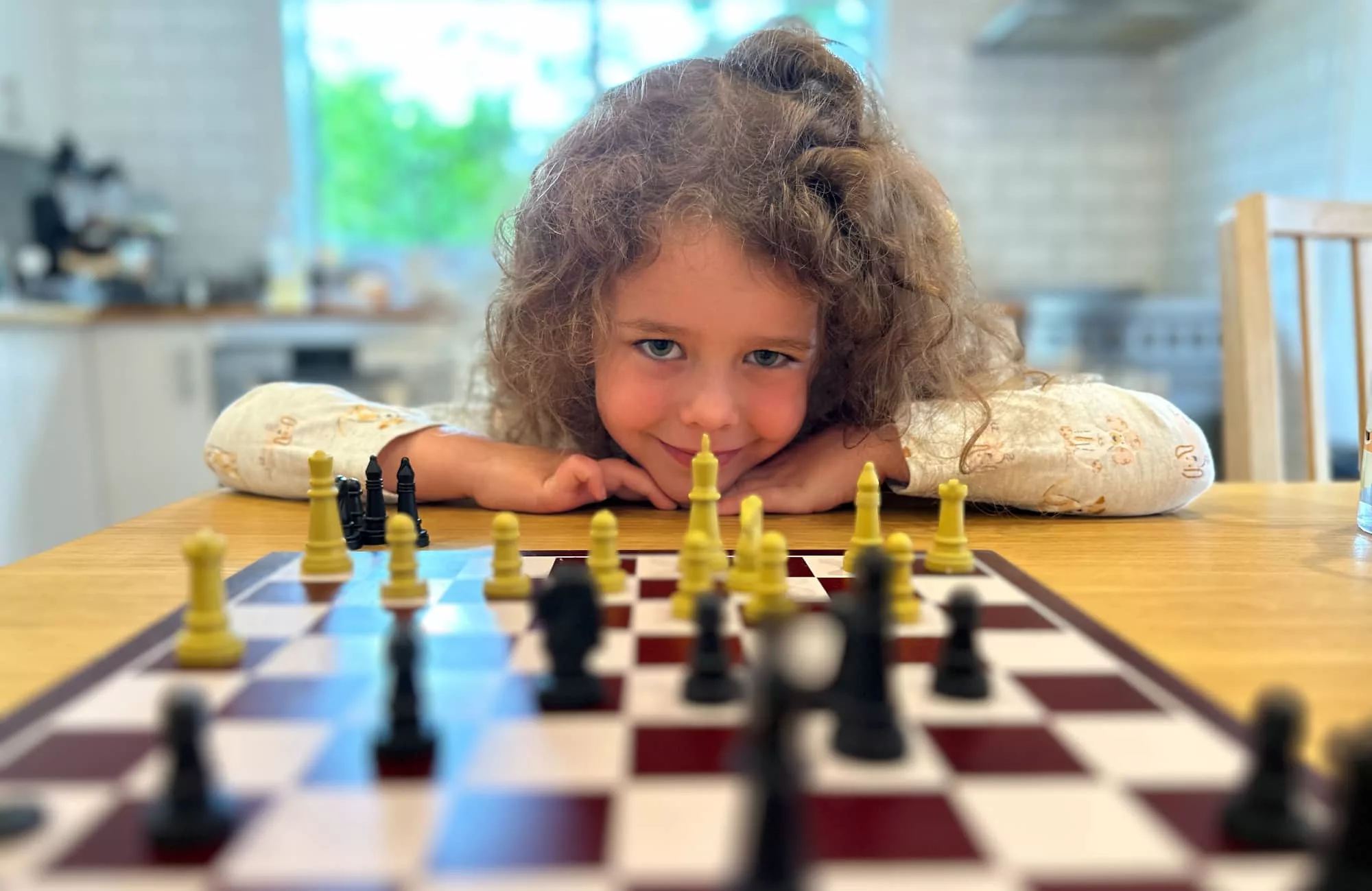
The complexity of chess is such that starting anyone out, especially kids, can be incredibly daunting. Lots of pieces, lots of squares, lots of rules, and no idea what to do.
So show your kids how to play with little hints about what each piece does, where they can go, and gradually playing a game where they can beat you.
Confidence to keep going in a difficult game is what we’re going for here. You want to impart upon your kids that while chess is complex, they can still win.
And when they get checkmate, knock your king over and get them to say “checkmate”, because that’s the rule. Let them feel the victory of beating you, because that confidence to play again is critical.
Check out Story Time Chess
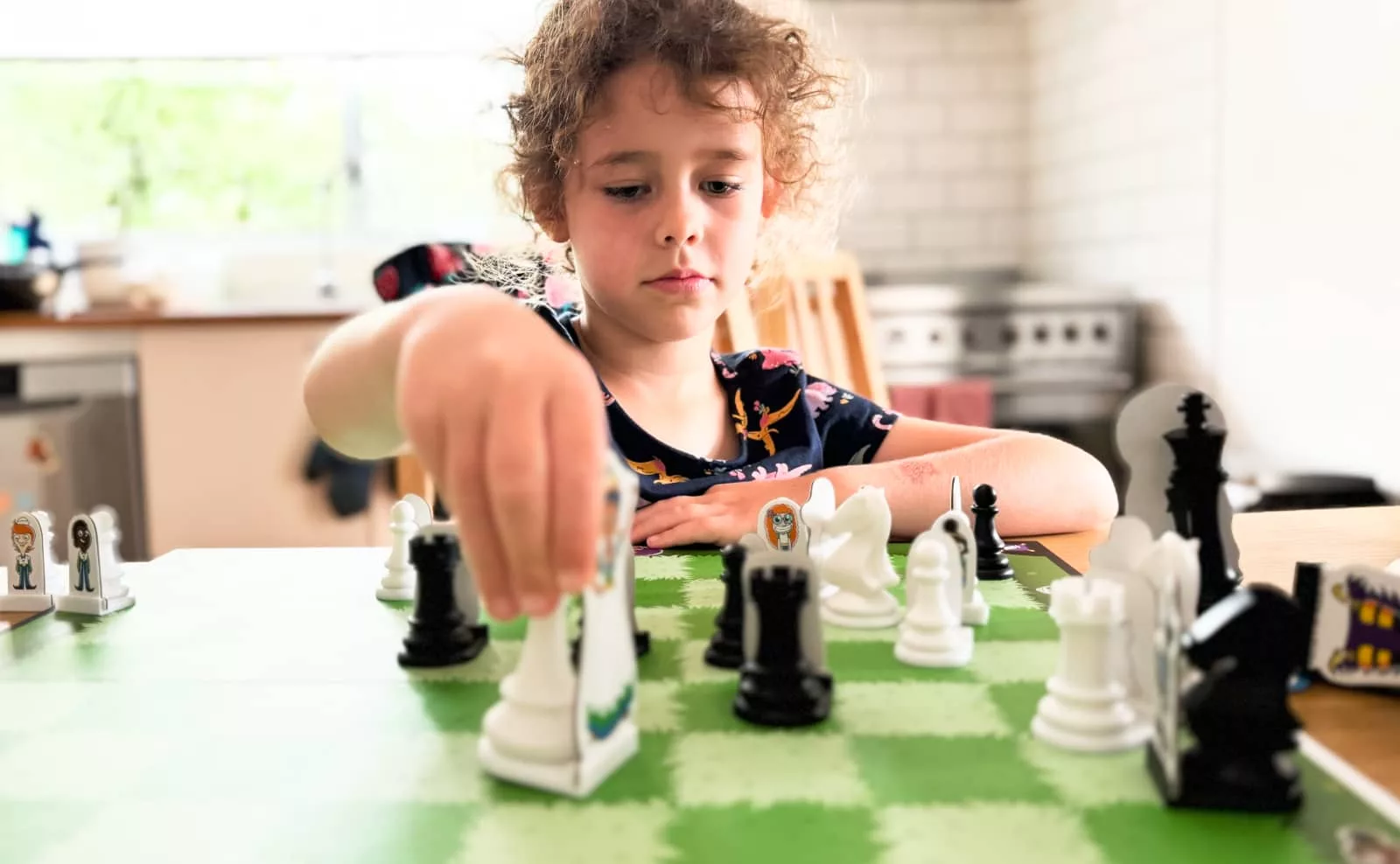
Next try teaching them the rules of chess in a fun way. There are so many rules for each piece that following along with how chess works can make for a difficult time.
Fortunately, some clever people have come up with an also-clever way to impart those rules in a game called Story Time Chess.
This is a rather neat way of bringing kids into the world of chess, making the game friendly and turning it into a story book of sorts. They’ll learn how the pieces work with a fun story book and some neat pieces that have characters attached to them, gradually easing them into playing a real game of chess with you, the parent and reader.
Story Time Chess has been one of the more fun ways we’ve been teaching Ms 6 to play, and it has given her more confidence to play, thanks in part to how it relays the movements of each piece.
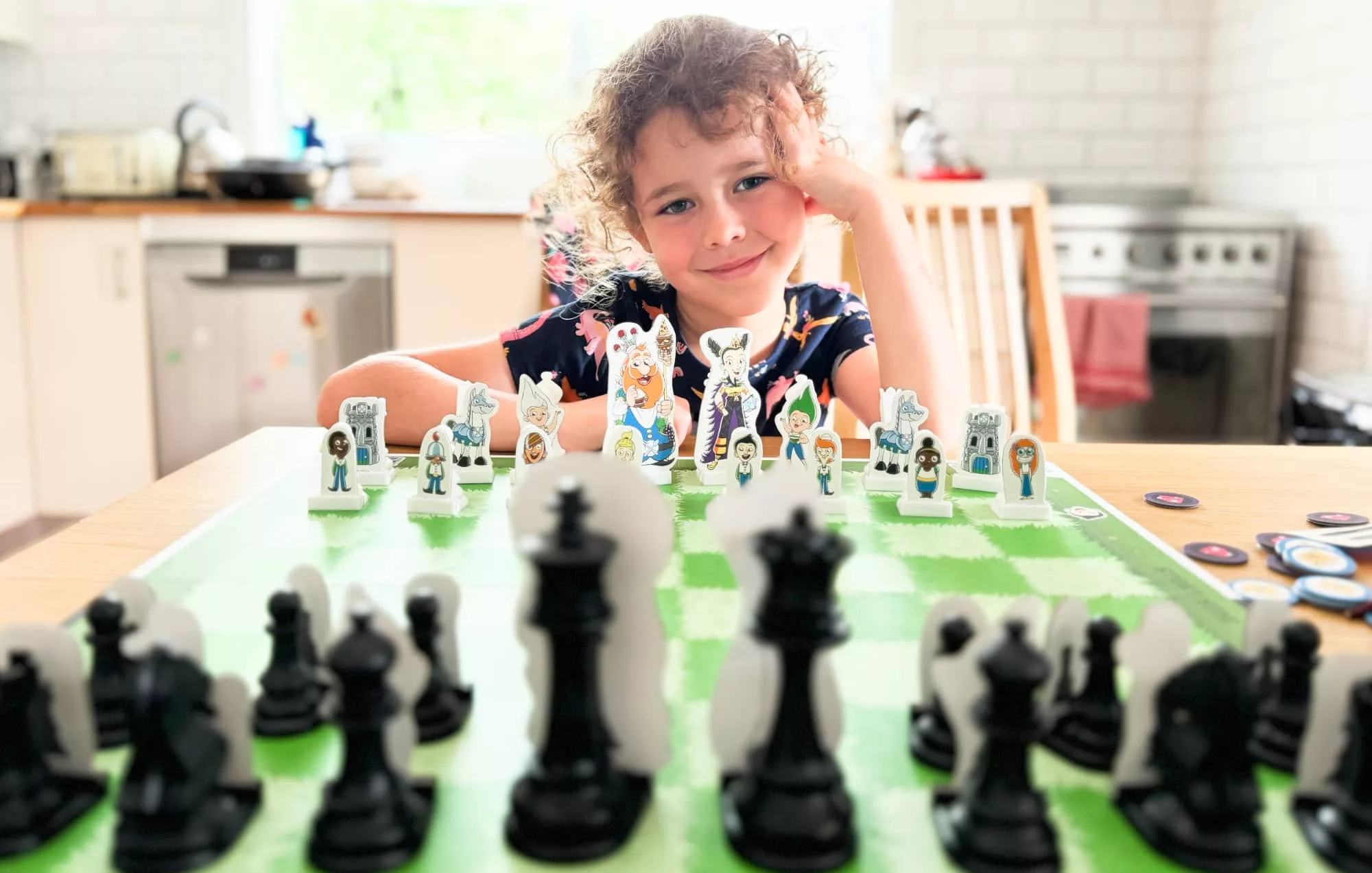
Play another game or two
They say practice makes perfect, and while it can take years to get chess worked out, playing another game or two can help give your kids the confidence to play the game, particularly if they’ve started building up an interest.
In our case, Ms 6 ate up Story Time Chess once we’d made it through the 70-80 pages of the manual, and then we learned there’s a second story you can grab to learn more.
While that’s handy, we think playing chess and going over those basics repeatedly will help build up the abilities and strategies, especially if you show them how to beat you while giving them a taste of losing pieces at the same time. In short, don’t always go easy on them.
Chess is rarely easy, but building up confidence is an important way to keep them connected, and keen for more.
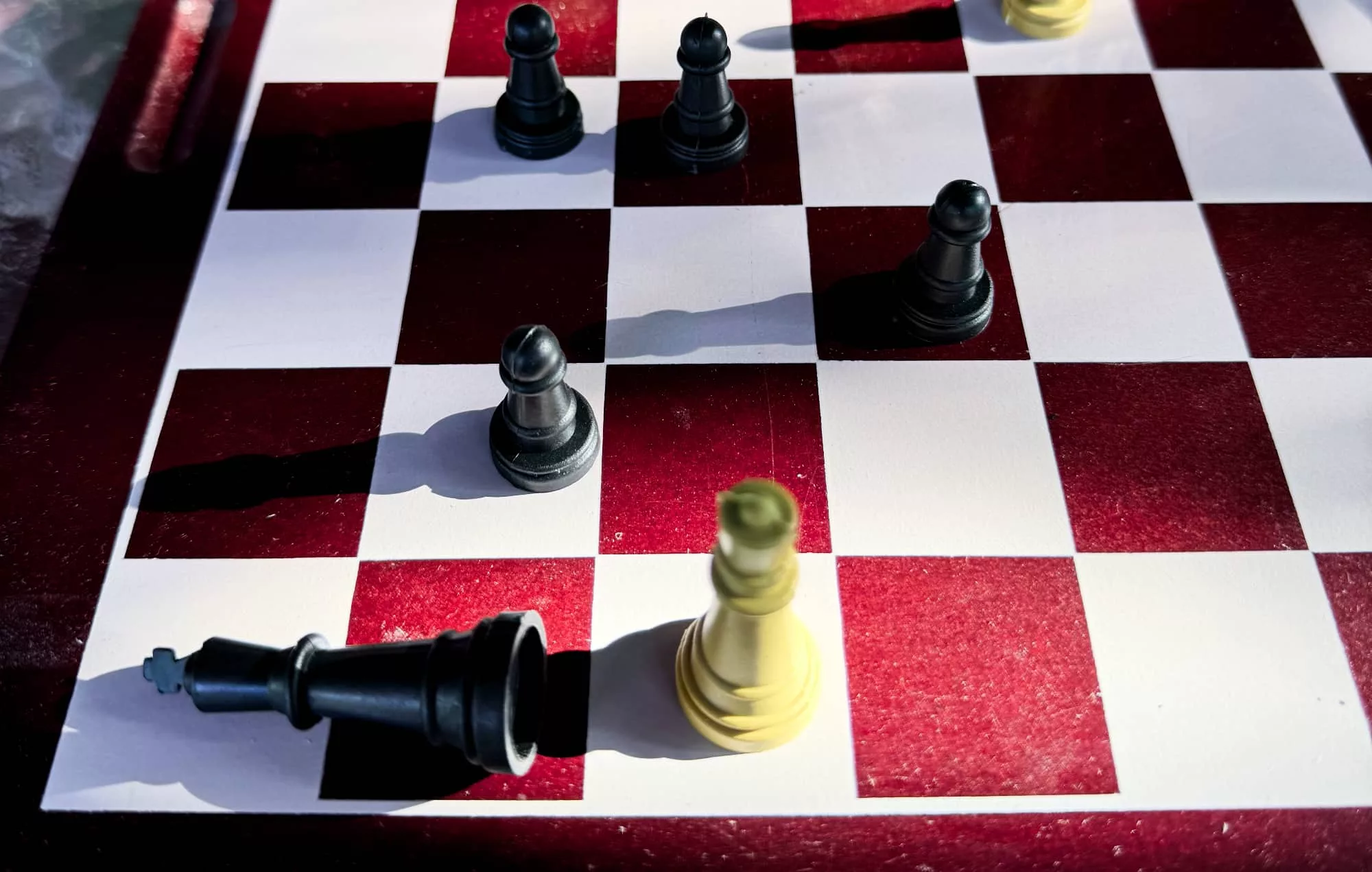
Introduce the kids to chess games on a phone or tablet
If they keep on enjoying the game, it might be time to show them one of the many, many chess titles available on a platform, encouraging them to play against the computer.
Digital opponents never get tired and offer multiple skill levels, meaning your kids can keep learning, honing, and improving, even while you’re not there.
Eventually, they may challenge you to a game and find they need to go easy on you.


